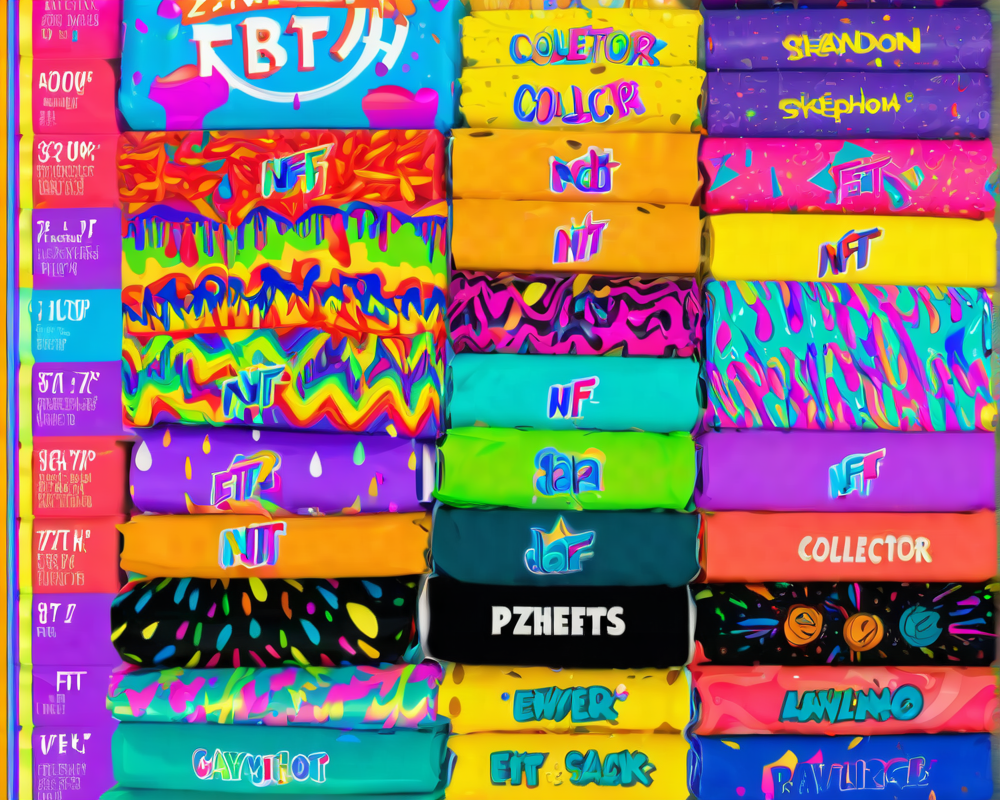NFTs have transformed the digital art and collectibles landscape, with fervent enthusiasts diving into ownership with the hopes of monumental returns. Yet, as seasoned collectors like Brandon Riley illustrate, the complexity of these transactions can lead to comical (and costly) errors.
The Spark of the Collection
Brandon Riley, a well-versed NFT investor, excitedly added CryptoPunk #685 to his inventory just a week before his unfortunate mishap. With an investment of 77 ETH—approximately $135,372.16 at the time—he made this purchase with dreams of long-term growth. Riley’s strategy was to leverage that new punk to snag another prized possession from the Bored Ape Yacht Club.
A Trip Down Wrapping Lane
With his sights set on acquiring #BAYC 586, Riley decided to employ a novel technique known as wrapping—a method designed to borrow liquidity against NFTs. But somewhere along the line, things got twisted. As he attempted this process, that awful moment unfolded where Riley sent his precious CryptoPunk to a burn address, effectively ensuring its disappearance from existence.
What Went Wrong?
- Following Directions Too Closely: Riley claimed he was just following the instructions blindly, which sounds painfully relatable for anyone who’s ever used IKEA furniture assembly manuals.
- Using Complex Interfaces: The crypto world is notorious for its convoluted user interfaces, and Riley’s experience serves as a wake-up call for developers.
- A Lesson in Liquidity: The goal was liquidity, but instead, he ended up with a permanent loss that cryptocurrency enthusiasts should fear.
The Price of Mistakes
Amidst the chaotic reactions on Crypto Twitter, many assumed Riley had deep pockets to withstand the loss. In his own words, he shared, “I had borrowed money to buy that Punk. I was not planning on selling it.” His humility struck a chord, shedding light on the vulnerabilities even seasoned collectors face. Compounded by the pressures of navigating through an inaccurate interface, Riley’s predicament shines a spotlight on a broader issue impacting NFT trading.
A Call for Clarity
Riley’s misadventure is more than just a personal error; it underscores a critical need for improved user experience in crypto ecosystems. As others echoed on social media, there’s support for revamping the front-end processes to avoid similar fumbles in the future. Because let’s face it, no one enjoys being the punchline of a digital asset fiasco.
The Bigger Picture of NFTs
Interestingly, while Riley’s story unfolds, the world of NFTs has seen a troubling rise in wash trading activities—reporting a 126% increase as of February. As platforms like Magic Eden and OpenSea duke it out for supremacy, clearer regulations might just be the magic required to mature this sprightly marketplace. The need for proper guidance and user support couldn’t be more evident, particularly when a simple misstep could see a beloved asset vanish into thin air.















+ There are no comments
Add yours